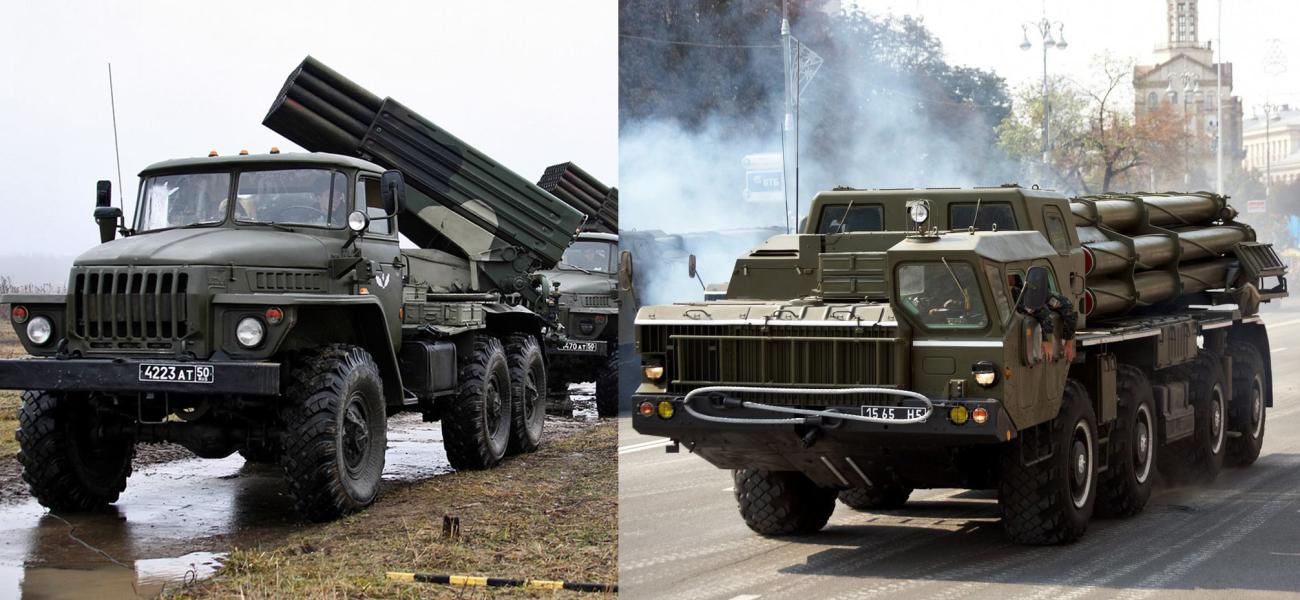By Abhijnan Rej
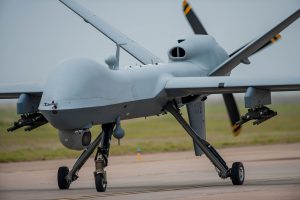
The Nagorno-Karabakh clashes have once again brought the question of the efficacy of unmanned aerial combat vehicles (UACVs) in warfare to the fore. Aided by impressive photos of Armenian tanks and artillery positions being decimated by Azerbaijan’s drones, many have argued that it illustrates the changing character of war, and increasing pressure on mechanized forces from up above, especially in the absence of air superiority. Others, including The Diplomat’s new defense contributor Jacob Parakilas, point out that the “tanks versus drones” debate is much more complicated than the way in which it is often presented. India, too, has followed the Armenia-Azerbaijan conflict closely, its forces trying to infer lessons as they seek to induct UACVs.
Commenting on the use of drones in the Nagorno-Karabakh clashes, in answer to a query from the Economic Times, India’s Air Chief Marshal RKS Bhadauria, noted, “drones are an important part for surveillance and intelligence gathering. Their role in the build up to a conflict is very important. However, once the conflict starts, they do become susceptible to enemy action…” As the Indian air force chief reminded that newspaper, India, like Azerbaijan, has possessed loitering munitions (colloquially, suicide drones) for more than a decade. It should be noted that during the recent Nagorno-Karabakh clashes, Azerbaijan has fielded the Turkish-designed Bayraktar TB2 drone responsible for some of the dramatic footage of kills.
Bhadauria’s comments are especially pertinent as India discusses the purchase of armed as well as unarmed drones from the United States. In July of this year, the Trump administration tweaked an existing export control denial regime to allow the sale of drones flying at speeds of less than 800 kilometers per hour, paving the way for their sale to India. While the U.S. had approved the sale of 30 unarmed SeaGuardians (the naval variant of General Atomics’ Predator-Bs), an Indian press report suggests that the U.S. remains wary of Predator-B sales to India given fears that the technology could be leaked to Russia through “system of systems” issues.

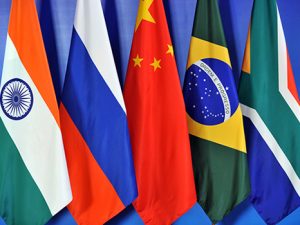

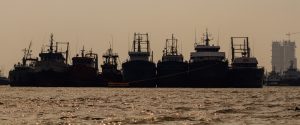
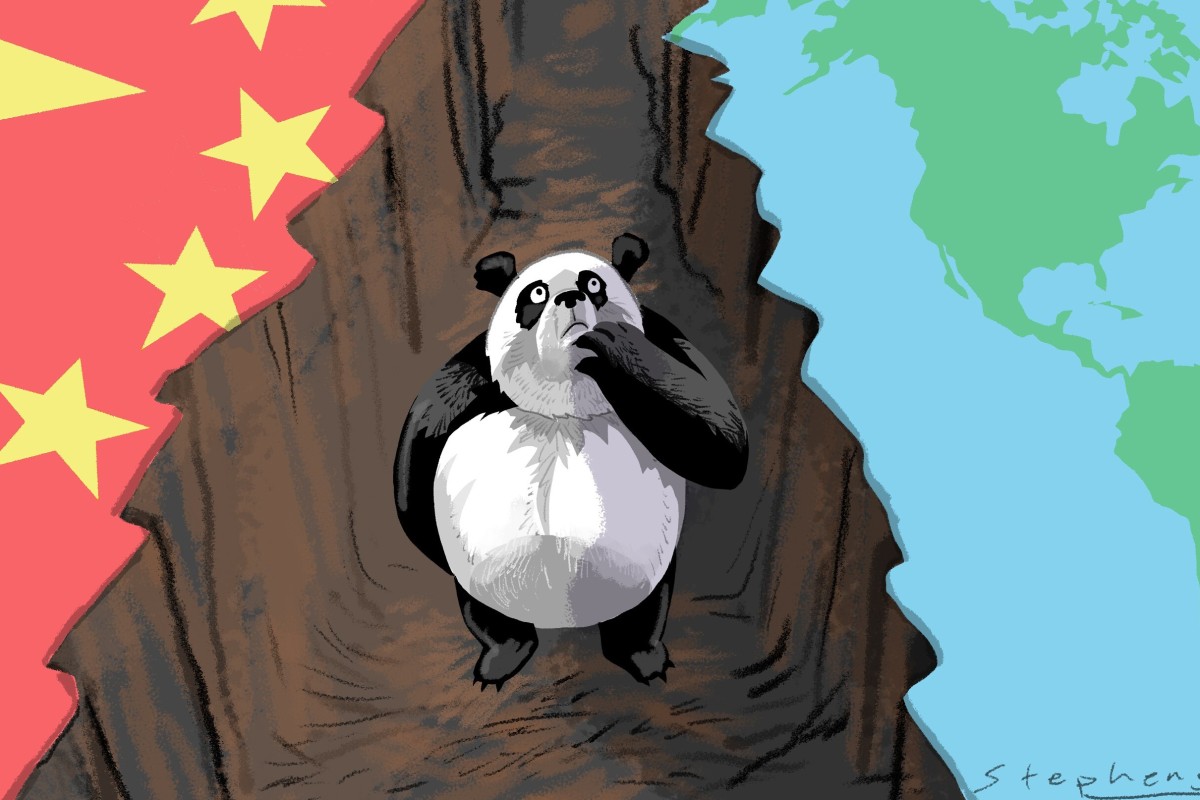



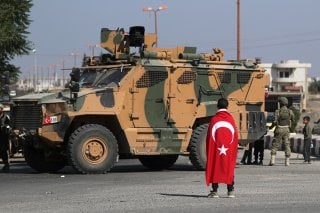



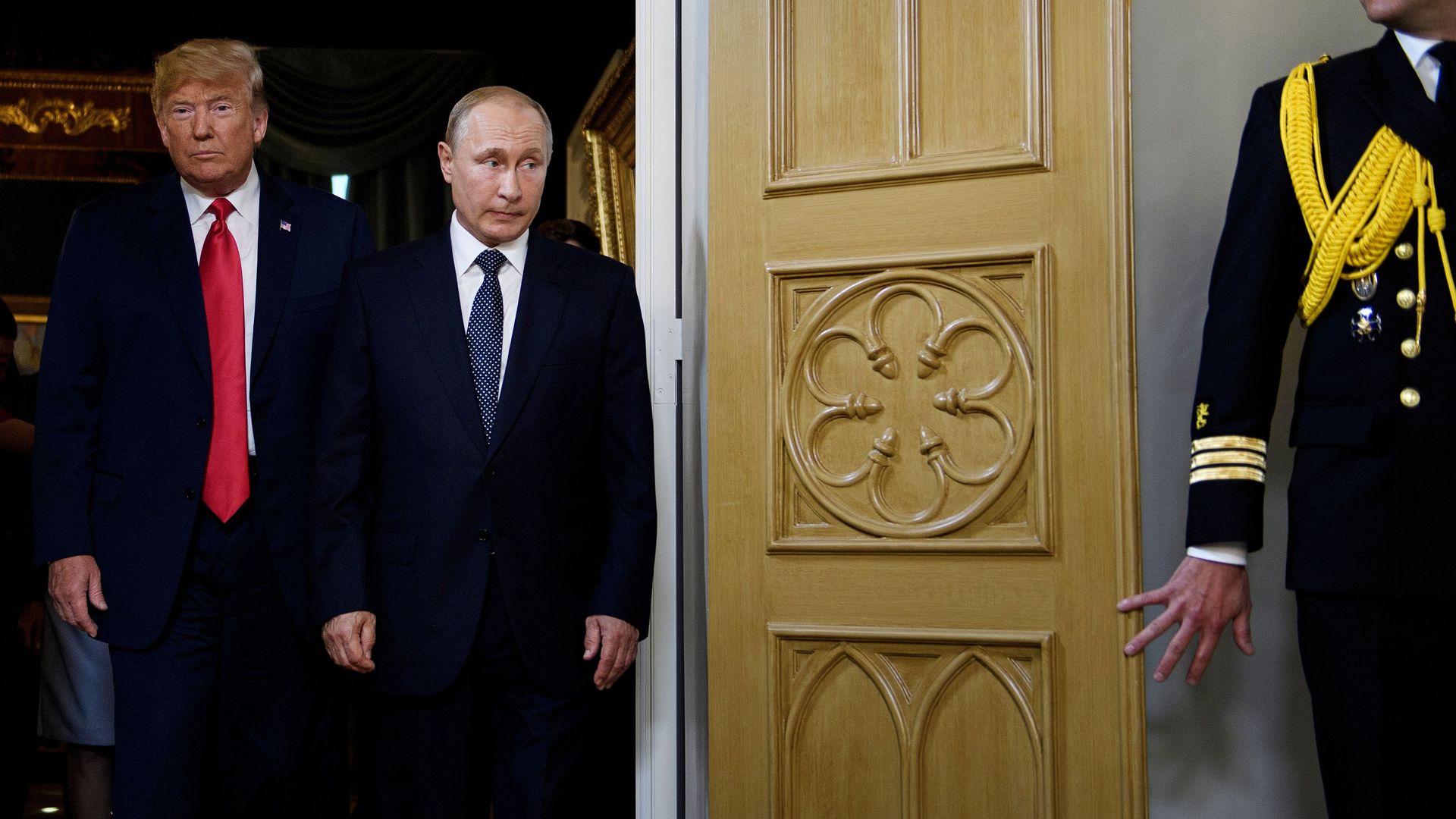

/cloudfront-us-east-1.images.arcpublishing.com/mco/SZN6B2QQLJB2BPNUWP4AGY2AXM.jpg)
/cloudfront-us-east-1.images.arcpublishing.com/mco/OAQHOX7RSBCTDMGSH2FTZ6TD4E.jpg)

